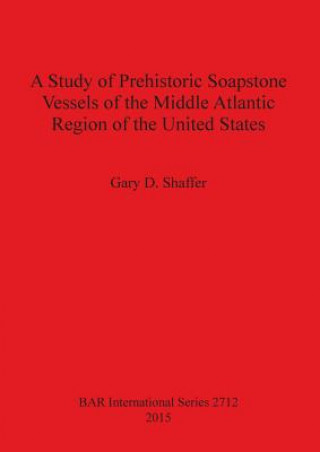
Kód: 12064095
Study of Prehistoric Soapstone Vessels of the Middle Atlantic Region of the United States
Autor Gary D. Shaffer
This study began with an intensive search to identify all prehistoric sites with soapstone artifacts in Maryland and the District of Columbia. A review of published and unpublished records and interviews with avocational archaeolo ... celý popis
- Jazyk:
 Angličtina
Angličtina - Väzba: Brožovaná
- Počet strán: 174
Nakladateľ: BAR Publishing, 2015
- Viac informácií o knihe

Mohlo by sa vám tiež páčiť
Darujte túto knihu ešte dnes
- Objednajte knihu a vyberte Zaslať ako darček.
- Obratom obdržíte darovací poukaz na knihu, ktorý môžete ihneď odovzdať obdarovanému.
- Knihu zašleme na adresu obdarovaného, o nič sa nestaráte.
Viac informácií o knihe Study of Prehistoric Soapstone Vessels of the Middle Atlantic Region of the United States
Nákupom získate 247 bodov
 Anotácia knihy
Anotácia knihy
This study began with an intensive search to identify all prehistoric sites with soapstone artifacts in Maryland and the District of Columbia. A review of published and unpublished records and interviews with avocational archaeologists found that the number of (precisely and imprecisely mapped) is at least 340. Avocational archaeologists had collected most of the reported soapstone artifacts, and surface collecting was the most common form of artifact retrieval. These situations result in limited site contextual information and restricted opportunity to interpret site activities. The findings of this study include that soapstone use increased during the Late Archaic and remained high, at least for certain artifacts, through the Woodland periods. The few 14C dates associated with soapstone vessels in the study area and neighboring states point to the initial use of bowls around 3600-2900 BP. Consideration of the distribution of the soapstone sites and review of the anthropological literature on trade and exchange point to three major means by which Native Americans in the study area obtained soapstone artifacts: direct unfettered procurement; direct access with use of an intermediate site as staging area; and exchange with a social group which quarried and made the items. Future developments in provenance studies of soapstone may assist archaeologists in matching artifacts with their quarries. My own experiments on the manufacturing of a preform bowl demonstrate the relative effectiveness of stone and bone chisels, as well as how archaeologists might best detect soapstone debitage at sites during field testing. I suggest that two factors led to the inhabitants of the Middle Atlantic switching to ceramics: first that there was a search for more easily obtainable materials to make watertight, fire-resistant vessels; and second that the increased use of ceramics led to an increase in their mechanical properties, making them a more desirable product.
 Parametre knihy
Parametre knihy
Zaradenie knihy Knihy po anglicky Humanities Archaeology Archaeology by period / region
100.06 €
- Celý názov: Study of Prehistoric Soapstone Vessels of the Middle Atlantic Region of the United States
- Autor: Gary D. Shaffer
- Jazyk:
 Angličtina
Angličtina - Väzba: Brožovaná
- Počet strán: 174
- EAN: 9781407313634
- ISBN: 1407313630
- ID: 12064095
- Nakladateľ: BAR Publishing
- Hmotnosť: 668 g
- Rozmery: 212 × 297 × 15 mm
- Dátum vydania: 30. April 2015
Obľúbené z iného súdka
-

Egyptian Hieroglyphs for Complete Beginners
16.48 € -12 % -

Horse, the Wheel, and Language
30.31 € -4 % -
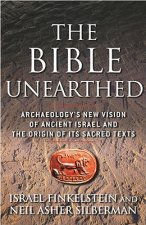
Bible Unearthed
21.91 € -

Seismosaurus
116.14 € -

Treasures of the Valley of the Kings
33.28 € -8 % -
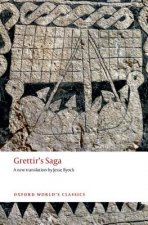
Grettir's Saga
17.20 € -19 % -

Omm Sety's Abydos
21.81 € -

Ancient Nubia
74.56 € -2 % -
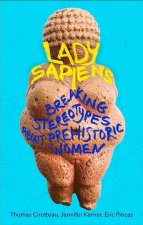
Lady Sapiens
17.20 € -8 % -

Mesolithic Europe
154.45 € -

American Beginnings
85.72 € -
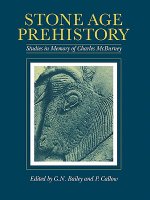
Stone Age Prehistory
53.05 € -

Lost Technologies of Ancient Egypt
22.22 € -16 % -

Petra
9 € -23 % -

War before Civilization
23.96 € -

Magicians of the Gods
14.94 € -12 % -

Cat in Ancient Egypt
12.28 € -23 % -

Rise of Bronze Age Society
86.23 € -
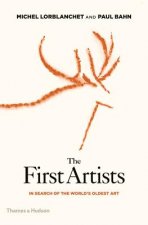
First Artists
21.91 € -23 % -

Lewis Chessmen: Unmasked
10.03 € -14 % -

Biblical Archaeology: A Very Short Introduction
10.13 € -22 % -

Against the Grain
20.17 € -13 % -

Dress Accessories, c. 1150- c. 1450
36.35 € -14 % -

Complete Pompeii
22.01 € -23 % -

Lifeways of Hunter-Gatherers
34.61 € -15 % -

Divine Creatures
25.90 € -1 % -

Houses and Monuments of Pompeii - The Work of Fausto and Felice Niccolini
80.70 € -9 % -

In Search of the Indo-Europeans
31.44 € -12 % -

Book of Enoch
34.61 € -4 % -

Her Cup for Sweet Cacao
67.59 € -10 % -

Prehistory: A Very Short Introduction
11.56 € -12 % -

Salt in Prehistoric Europe
37.68 € -

Prehistoric Rock Art
34.51 € -15 % -

Medieval Household
58.78 € -3 % -

Complete Cities of Ancient Egypt
30.92 € -13 % -

First Signs
16.17 € -21 % -

Mesolithic Europe
75.58 € -

Scenes from Prehistoric Life
27.65 € -22 % -

Neanderthal Legacy
60.22 € -

Prehistory Of The Mind
16.58 € -23 % -

Kindred
23.24 € -21 % -

Oxford Handbook of the Bronze Age Aegean
79.06 € -

Aegean Art and Architecture
25.29 € -18 % -

Egyptologists' Notebooks
35.02 € -23 % -

Religion and Ritual in Ancient Egypt
34.71 € -4 % -

Fossil Hunter
17.30 € -18 % -

Sutton Hoo Helmet
6.85 € -23 % -
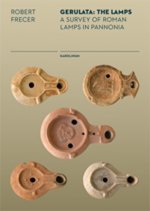
Gerulata: The Lamps
23.75 € -2 % -

Lindow Man
16.28 €
Osobný odber Bratislava a 2642 dalších
Copyright ©2008-24 najlacnejsie-knihy.sk Všetky práva vyhradenéSúkromieCookies




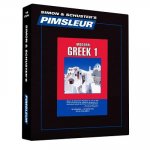


 21 miliónov titulov
21 miliónov titulov Vrátenie do mesiaca
Vrátenie do mesiaca 02/210 210 99 (8-15.30h)
02/210 210 99 (8-15.30h)